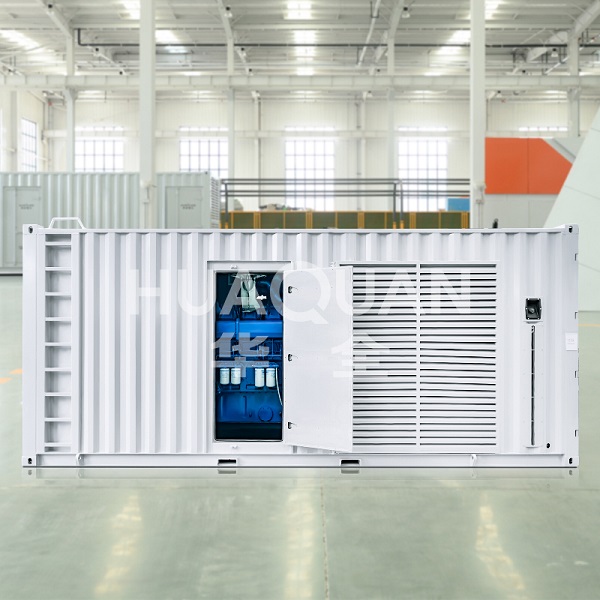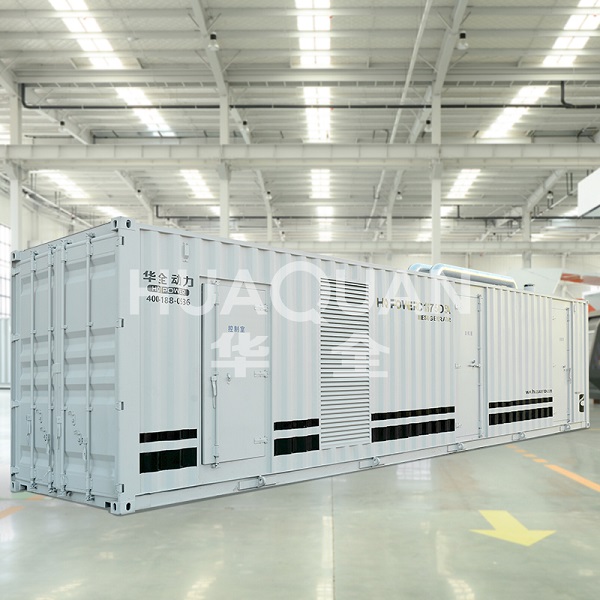The Container Power Station requires sophisticated thermal regulation systems to ensure reliable operation in various environmental conditions. Passive ventilation solutions form the foundation of Container Power Station thermal management, with strategically placed intake and exhaust vents creating natural airflow patterns. These ventilation openings typically incorporate dust filters and waterproof designs to protect internal components.
Active cooling systems provide enhanced temperature control for high-capacity Container Power Station installations. Industrial-grade axial fans create forced air circulation, while some advanced models integrate liquid cooling loops for critical power electronics. The Container Power Station often features intelligent thermal monitoring that automatically adjusts fan speeds based on real-time temperature readings.
Environmental adaptation remains crucial for Container Power Station deployments. Units destined for tropical climates may include enlarged heat exchangers and corrosion-resistant materials, while arctic versions incorporate heating elements to maintain minimum operating temperatures. The Container Power Station's modular design allows customized cooling solutions tailored to specific geographic requirements and power densities.
Modern Container Power Station designs increasingly adopt hybrid cooling approaches that combine passive and active elements. This balanced methodology optimizes energy efficiency while ensuring adequate heat dissipation during peak load operations. Proper implementation of these ventilation strategies significantly extends equipment lifespan and maintains power output stability.
More information about Huaquan Power:https://sinogens.com/








